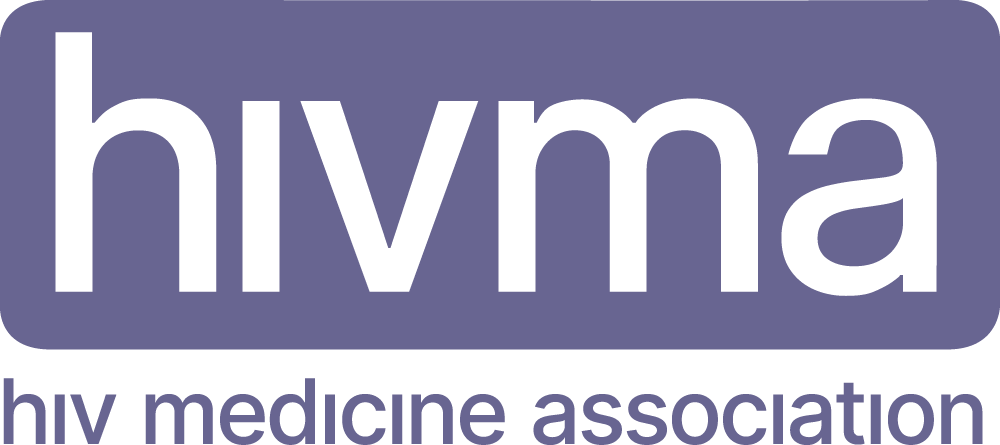President Biden’s Proposed Budget Plan Lays a Foundation for Strengthened and Expanded Health, Security and Equity
President Biden’s first proposed budget plan released today sends an encouraging message of intent to strengthen our nation’s health infrastructure, renew our standing as global leaders against infectious diseases and make our powerful resources equitably accessible to all Americans.
Critically, the plan calls for directing meaningful resources toward ending the current COVID-19 pandemic, ameliorating its impacts and detecting, preventing, responding to and containing future public health threats of pandemic potential. It will be important for the Administration to recognize the role of antimicrobial resistance in pandemic preparedness and to appropriately resource antimicrobial stewardship and the research and development of new antibiotics.
In addition, with significant increases in funding for the Department of Health and Human Services, the plan seeks to build and support public health and biomedical research capacities that are essential to protecting individual and community health and to confronting the challenges we face now and ahead. With increased support for treatment, prevention and services pivotal to stopping HIV transmissions and illnesses, the plan demonstrates commitment to ending the impacts of HIV as a public health threat. The proposal also allocates unprecedented investments to ending this country’s opioid crisis, which continues to fuel increased bacterial, fungal and viral infections. Critically, the plan addresses the stark disparities in access to health and health care that constitute fault lines across America and compromise our integrity and potential as a nation.
Significant investments in infectious diseases responses in the president’s proposed budget for FY 2022 follow:
- A $25 billion or 23.5% increase for the Department of Health and Human Services from the 2021 enacted level, for $131.7 billion across critical programs and agencies that include:
- A $1.6 billion increase in funding for the U.S. Centers for Disease Control and Prevention over the 2021 enacted level, providing $7 billion in discretionary funding for improved data collection, training and disease detection efforts;
- $905 million for the Office of the Assistant Secretary for Preparedness and Response to maintain a stockpile of critical medical supplies and to enhance capacities at the Food and Drug Administration;
- A $9 billion increase over the 2021 enacted level for the National Institutes of Health for a total request of $51 billion with $6.5 billion going to a new Advanced Research Projects Agency for Health that will initially focus on cancer and other diseases that include diabetes and Alzheimer’s disease;
- An increase of $3.9 billion over the 2021 enacted level of funding to confront the opioid crisis with funding for states and 12 tribes to support medication-assisted treatment, research and expanding the behavioral health provider workforce;
- A $267 million increase in funding efforts to end HIV as an epidemic over the 2021 enacted level, with $670 million for efforts through CDC, the Health Resources and Services Administration, Indian Health Services and NIH to increase access to antiretroviral treatment, pre-exposure prophylaxis — PrEP — and other health services;
- A $150 million increase for CDC’s Social Determinants of Health program over the 2021 enacted level, with $153 million to support state and territorial efforts to improve data collection for racial and ethnic populations and health equity;
- A $2.2 billion increase for Indian Health Services over 2021 enacted levels, with $8.5 billion in 2022 funding as well as a request for an advance 2023 appropriation toward supporting planning for future funding.
- The plan also calls for a $6.8 billion or 12% increase for the State Department and other international programs over 2021 enacted levels with $63.5 billion including:
- $10 billion for global health programs;
- $1 billion in foreign assistance to expand global health security activities, including to establish Global Health Security Agenda capacity-building programs, representing more than an $800 million increase in funding over 2021 enacted levels;
- $2.5 billion for international climate programs.
Investments to build and sustain a strong workforce of infectious diseases specialists and to combat the growing public health crisis of antimicrobial resistance will be crucial to the success of this promising plan. We greatly appreciate the Administration’s commitment to strengthening global capacities to prevent, detect and respond to health threats and urge greater investments against longstanding epidemics, including HIV and tuberculosis. The Infectious Diseases Society of America and its HIV Medicine Association look forward to learning more details and helping to inform the development of funding for the fiscal year ahead.
For more information, see IDSA antimicrobial resistance resources and IDSA workforce recommendations.

